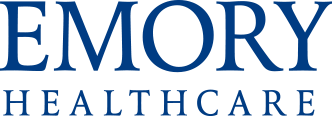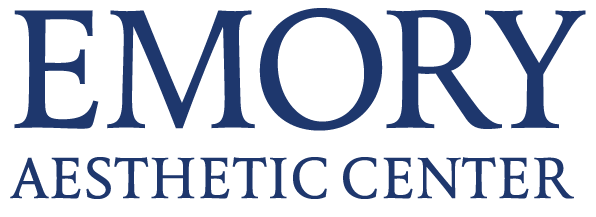While it might seem like you are too young to consider cosmetic treatments, starting minimally-invasive anti-aging regimes early on can help slow down the aging process and keep you looking younger longer.
Some minimally invasive treatments, like fractional laser resurfacing, provide anti-aging results, without the long amounts of time devoted to recovery, as with ablative laser surgery. So what is fractional laser resurfacing, and how does it compare to more aggressive ablative laser treatments, such as carbon dioxide lasers?


